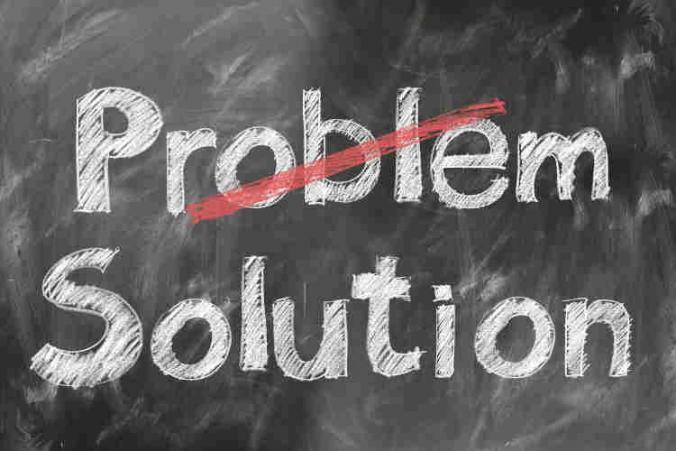Approximately 10 years ago, I remember attending a presentation with other workers’ compensation attorneys. The presenter was a representative of the Washington State Department of Labor and Industries (L&I). The main topic of discussion was rolling out the Medical Provider Network or MPN.
Concerns and challenges under the medical provider network
Every workers’ compensation attorney I know was understandably concerned. From our perspective, the MPN was merely an opportunity for L&I to control L&I claims. We feared that people with a work injury claim would have few providers to choose from. Moreover, we thought this would infringe on their ability to select their own medical provider. On top, we were suspicious of the requirement for providers to follow L&I’s “best practices”. Finally, we suspected that this MPN was more about cost savings than improving the quality of care.
I don’t think the Medical Provider Network turned out to be as terrible as we originally feared. However, not being as terrible as feared doesn’t mean it’s good. The MPN is problematic. I think the years have shown that our initial concerns over the MPN were valid. The MPN created challenges for people with a workers’ compensation claim to find a doctor or attending provider. This is especially true when work injury claimants need new doctors after the claim has been open for some time. Furthermore, finding treating psychiatrists has been incredibly difficult if not impossible.
L&I claim and best practices
Obviously, I’m very biased in my opinions. Naturally, I have the best interest of my clients and other work injury victims in mind. Therefore, I remain suspicious of L&I’s “best practices”. For example, according to L&I, the goal of their best practices is to improve quality of care and L&I claim outcomes.
From my perspective, best practices seem like a simple way for L&I to exert control over the medical aspects of a workers’ compensation claim and reduce costs. In fact, it’s not necessarily surprising for an administrative agency like L&I to have such goals. I think L&I has the obligation to eliminate excessive or unnecessary L&I claim costs. However, my concern is that best practices unfairly inhibit medical providers’ ability to use their own experience and judgment to appropriately treat people that suffer a work injury. Also, I think that following best practices creates more administrative work that burdens and frustrates providers.
My personal perspective
It’s clear that L&I is committed to maintaining the Medical Provider Network. It is here to stay. In fact, L&I has several pilot programs and initiatives to establish and test new best practices. Workers’ compensation claims are very complex. Hence, the ongoing initiatives try to tackle many aspects of medical claim management.
Medical providers already have many burdens without additional administrative work. Sadly, I find it very discouraging when medical providers avoid involvement in L&I claims because of the overhead. Simply put, they don’t want to be burdened with L&I claim administration demands. I genuinely applaud L&I’s efforts to improve the quality of care. At the same time, I’d like to see L&I taking steps to make things easier for providers. We must take steps to simplify processes and paperwork. Surely, it’ll make treating work injury claimants more appealing for medical (and other) providers.

Leave a Reply